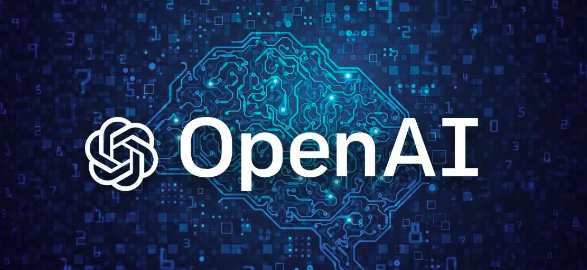Dampak Open AI

The company that created AI models like GPT-4, OpenAI, has had a big influence in a lot of different fields. These repercussions, which include societal, economic, and ethical aspects, can be roughly divided into positive and negative outcomes.
Benefits
Technological Advancements: OpenAI’s research and development have led to increasingly complex and capable AI models, substantially advancing the science of artificial intelligence.
Economic Growth: OpenAI’s AI solutions have sparked innovation, opening up new business avenues, increasing productivity, and resulting in the creation of new goods and services for the healthcare, financial, and customer service sectors, among other areas.
Education & Accessibility: With tools that can enhance learning, help in educational settings, and help with tasks that were previously difficult without deep technical understanding, OpenAI has made AI more accessible to a wider audience.
Problem Solving: Artificial intelligence (AI) models are able to examine enormous volumes of data, spot trends, and offer insights that help with the resolution of challenging issues in disciplines including engineering, environmental science, and medical research.
Automation of Routine jobs: AI from OpenAI automates repetitive and routine jobs so that people and organizations may concentrate on more strategic and creative work, which may boost output and job satisfaction.
Negative Effects on Job Displacement: The automation and efficiency that artificial intelligence brings about may cause jobs in industries that depend on routine tasks to disappear, which would require retraining of workers.
Fairness and Bias: AI models have the potential to unintentionally reinforce or magnify biases found in their training data, which could result in unfair or discriminatory employment, lending, or law enforcement decisions.
Privacy Issues: When AI is used to process and analyze big datasets, it may raise privacy issues, particularly if personal information is exploited without sufficient protections.
Misinformation and Abuse: The capacity of artificial intelligence (AI) to produce realistic text and media material can be abused to disseminate false information, produce deepfakes, and carry out malevolent actions, making it more difficult to separate fact from fiction.
Ethical and Moral Issues: The use of AI in autonomous vehicles and medical diagnostics, for example, raises ethical and moral problems concerning the extent to which robots should make decisions that affect human lives.
Dependency and Security Risks: Relying more and more on AI systems may lead to security lapses or vulnerabilities that might be exploited by cybercriminals, potentially having dire repercussions.
Equilibrium Effects
Attempts to counteract these effects include:
Policy and Regulation: Creating and implementing rules and guidelines to guarantee moral behavior, safeguard personal information, and lessen job loss.
Accountability and Transparency: Making sure AI system creators take responsibility for the results and effects of their work.
Education and Retraining: Funding educational and retraining initiatives to equip workers for the shifts that artificial intelligence will bring about.
Fairness and Inclusivity: Constantly striving to make AI models more inclusive and fair while minimizing biases.
In order to maximize the positive effects of AI while reducing its negative repercussions, OpenAI’s dedication to integrating its technology with societal ideals and tackling these difficulties is essential.



